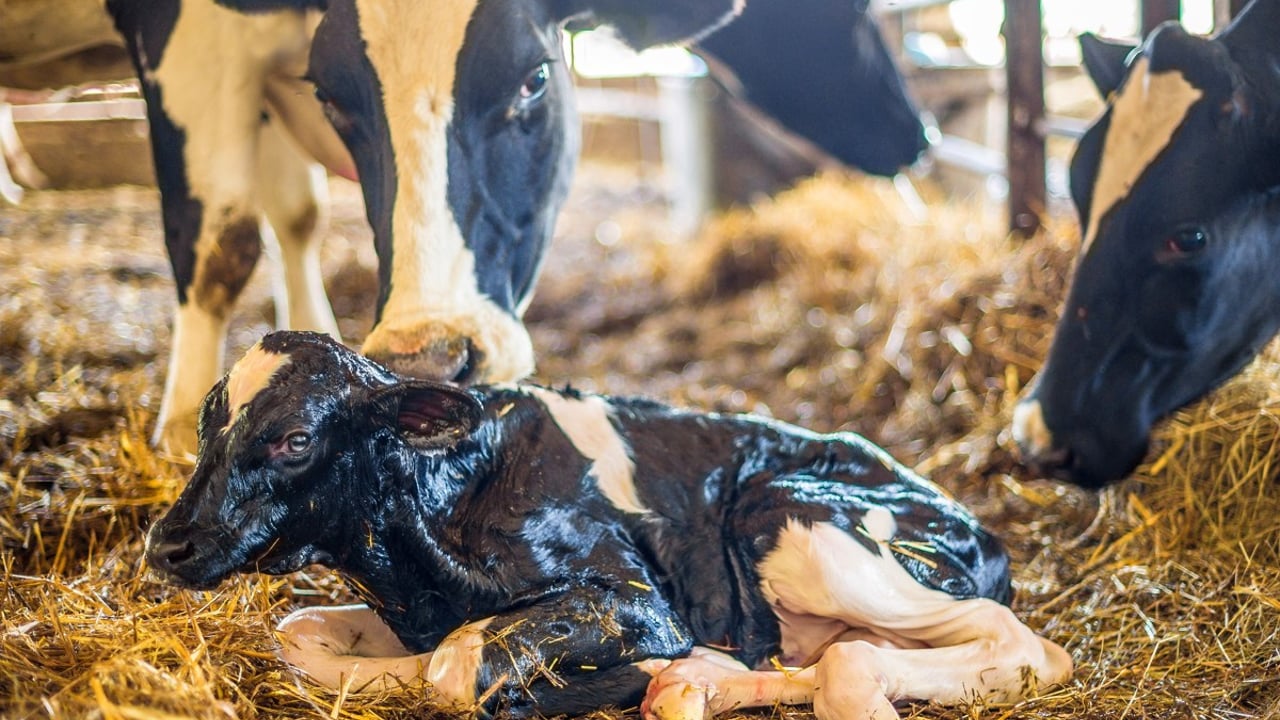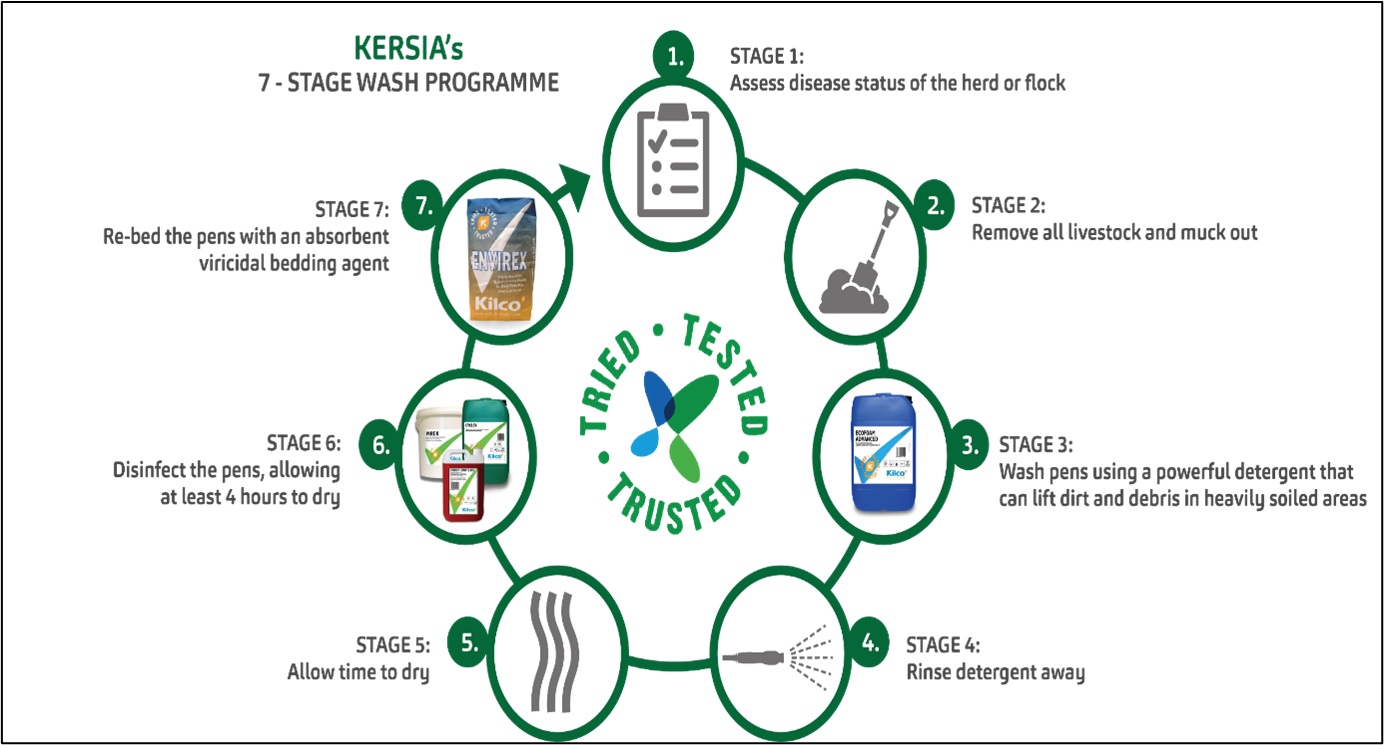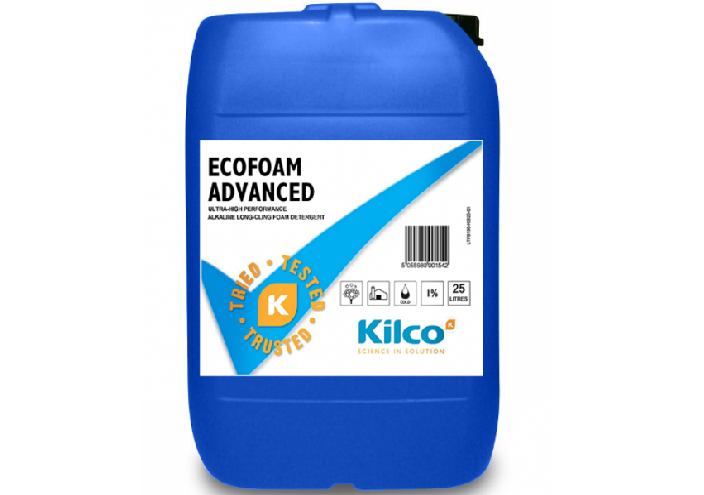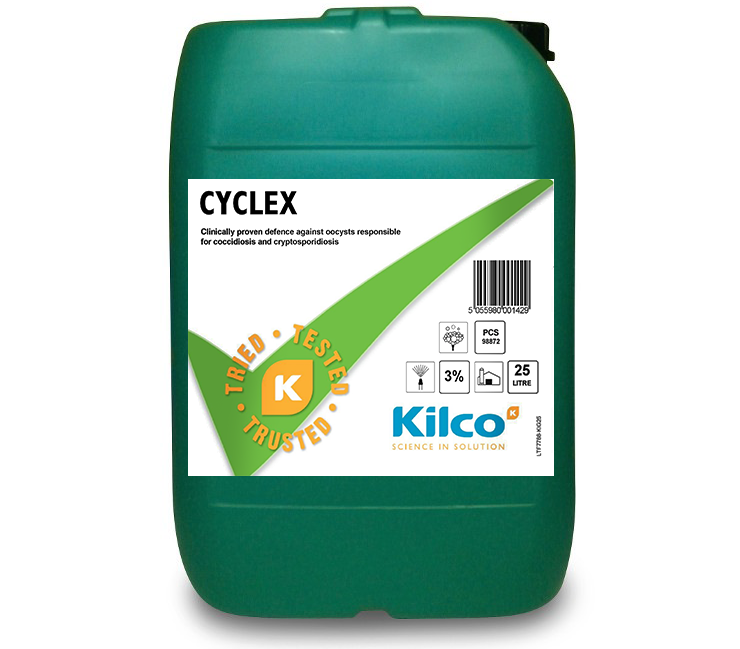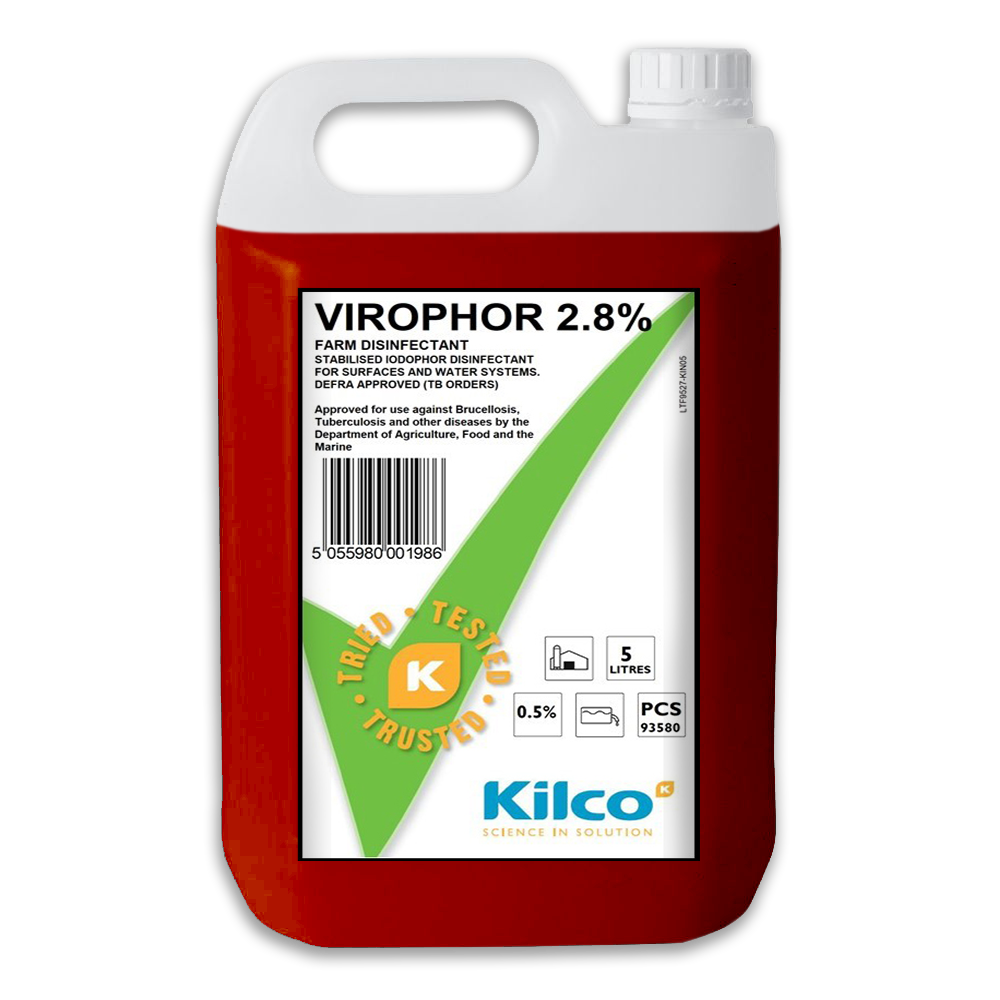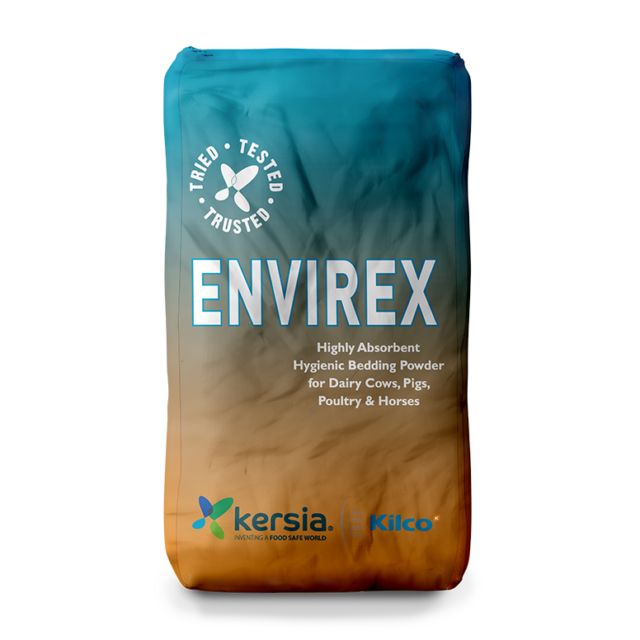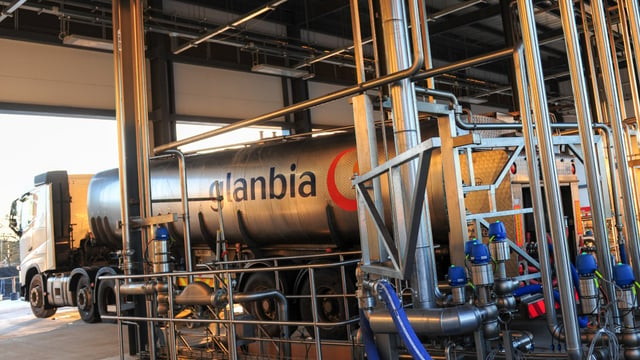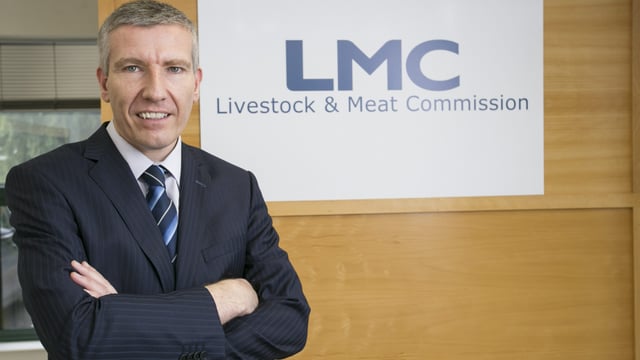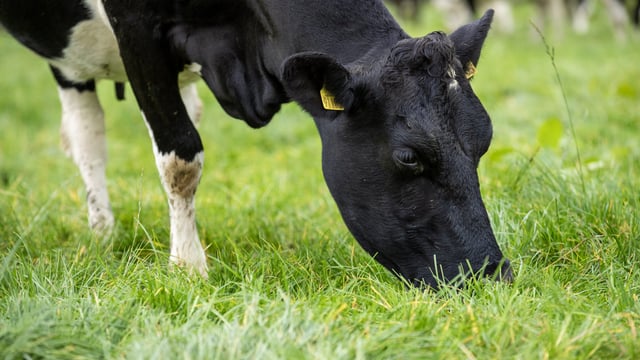Sponsored Article

Sponsored Article
Effective biosecurity to reduce disease during spring calving
Sponsored Article

Spring calving for any dairy farmer equals late nights, early mornings and hard work. So, it makes sense that the right conditions are prepared and ready for the arrival of each newborn.
Disease remains a constant threat. Coccidiosis and cryptosporidiosis, caused by ‘oocysts’, are able to thrive in any livestock environment, exponentially if it is a dirty one. Both these micro-organisms can cause illness in cattle.
Youngstock are particularly vulnerable to infection, due to having little or no immune system when born.
In many cases, animals will show few external symptoms of disease, but will simply fail to thrive. This may mean an increase in mortality rates resulting in a squeeze on profit margins and placing financial pressure on the farm.
Medication of course, can help to shorten the length of any illness and reduce the chances of secondary infection, but can be costly. Therefore, there it is important to have good biosecurity during calving to reduce infection by preventing the intake of ‘oocysts’ in youngstock.
The implementation of a robust and effective biosecurity programme can help play an important role in the fight against reducing disease pathogens, by limiting the rate of the spread of infection.
If a biosecurity programme is adhered to correctly disease outbreaks can be reduced, which in turn increases the chances of profitability for each animal and may help to reduce mortality rates.
Lowering mortality may help stability further down the line as the calves begin to grow and become an essential part of the herd.
Watch the video below for more information.
Whilst a biosecurity programme may appear time consuming and daunting, if followed correctly, it can yield benefits.
To start with, it is important to accurately assess your current measures, meaning accessing the disease status of the herd, whilst reviewing existing hygiene procedures already in place.
Following this, it is important to remove any livestock from the housing area and discard any residual bedding before starting the cleaning process. We recommend using a foaming detergent, one which is designed to remove soiling and grease effectively.
The next and most important step is to apply a proven disinfectant, one which is effective against ‘oocysts’ responsible for coccidiosis and cryptosporidiosis.
It is important to apply the disinfectant thoroughly to ensure widespread coverage, which must be allowed to dry for at least four hours after use. Following this you can then begin to re-bed the pens in preparation for the animals to return.We also recommend the introduction of a hygienic bedding powder to enhance the sanitation in the pen before the animals return.
The use of a quality detergent to remove all organic matter prior to disinfection is an important part of the overall effectiveness of a robust biosecurity programme.ECOFOAM ADVANCED has been developed specifically for this purpose. It is an ultra-high performance, alkaline, long-cling foam cleaner, designed to clean heavily soiled areas.
The benefits of ECOFOAM ADVANCED include:
Cyclex is Department of Agriculture, Food and the Marine (DAFM) approved for ‘other scheduled diseases, including: anthrax, brucellosis, contagious bovine pleuropneumonia and glanders at 1:24’.
As a disinfectant it is effective in the defence against oocysts responsible for coccidiosis and cryptosporidiosis.
The benefits of CYCLEX:
Bovine TB is deadly to livestock and can destroy livelihoods. Annual testing on farms is expensive and time consuming. A positive result will adversely affect your net milk-yield output.
VIROPHOR 2.8% is approved by the Department of Agriculture, Environment and Rural Affairs (DAERA) for ‘other scheduled diseases: including anthrax, brucellosis, contagious bovine pleuropneumonia & ‘glanders 1:25’ and ‘Foot and Mouth Disease Orders 1:55’. It is also approved by DAERA for ‘Tuberculosis Orders 1:20’ and ‘General Orders 1:25’.
As an approved surface disinfectant, it is a potent weapon in the fight against bovine TB and an essential defence in the fight to control disease, as part of an effective biosecurity programme, for all year-round protection.
The benefits of VIROPHOR 2.8%:
This bedding conditioner containing 2% w/w (weight per weight) of the proven biocidal product VIREX has a greater absorptive capacity of any other clay.
Animal nutrition as part of your management routine for young calves is very important to ensure that they receive the best possible start in life once born.
In some instances mothers may reject their newborn calves, meaning access to colostrum may be lacking. Colostrum is essential to ensure the right number of antibodies are provided to boost the immune system to help fight disease.
A calf will only start to produce its own antibodies over the first three-to-four weeks from birth and it may be necessary to supplement the dam’s colostrum to ensure the calf receives maximum protection.
Reviewing your calving protocols, i.e. the handling and housing of your calves, can also help reduce the spread of disease within a herd. Where possible, rear in batches to avoid younger calves mixing with or being accommodated in areas used by older calves, to help prevent cross contamination.
All livestock handlers or visitors to any farm must also follow appropriate biosecurity measures, including foot dips and regular hand washing, to help prevent disease being transferred between areas.
To implement your own KERSIA biosecurity programme during spring calving, as well as protecting your herd against the ever-present threat of bovine TB for all year-round protection, please contact your local KERSIA representatives:
Sponsored Article


